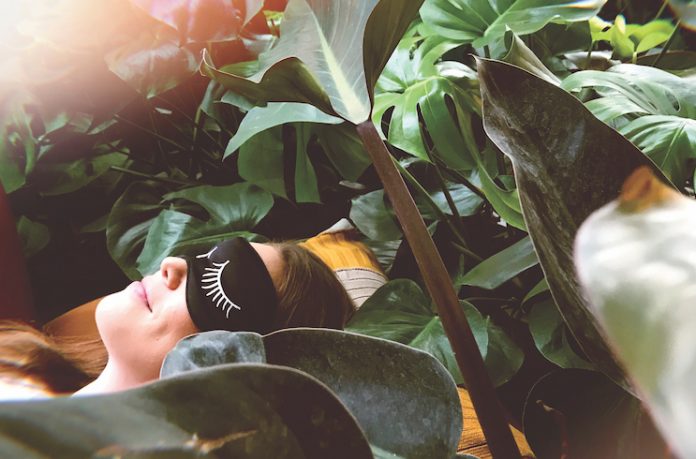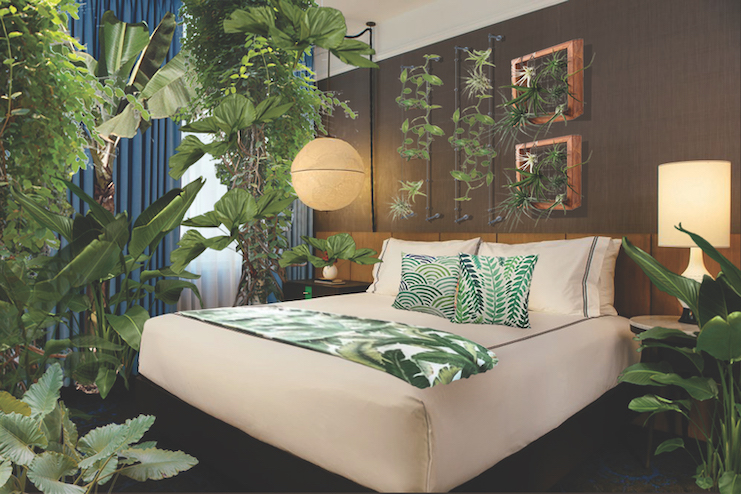
It’s no secret that people care more about authentic experiences than ever before. Pop-up restaurants and shops have been meeting that need for years, and the hotel industry is starting to get in on the fun. But while pop-up hotels are more popular than ever before, they’re generally harder to put together and run than restaurants and shops. Pop-up hotels need to provide access to food, water, hygiene products, sleeping arrangements, and much more. Not only do guests need to be comfortable, hotels are a 24/7 business, which means employees need to be on-property from the moment the popup opens to the moment it closes for good.
Pop-up hotels can also meet a need not yet met in the industry. Orbitz recently surveyed millennials to find what the generation is missing from typical hotel stays; of those surveyed, 63 percent said live plants were missing from their usual travels. Orbitz, along with the Garfield Park Conservatory and the Kimpton Gray in Chicago met that need by opening a plant pop-up hotel from October 18-20, 2019.

Travelers in general are looking for more homelike hotel stays, and from the survey, 61 percent of millennials said that plants boost their moods. Carey Malloy, director of brand marketing and social media for Orbitz, says, “We think millennials want plants because people want hotels to feel homier. People are starting to practice self-care. They’re relaxing and spending more time in hotel rooms when they travel. Once we learned that plants were the number one thing people wanted in their hotel rooms, we reached out to the Garfield Park Conservatory to help us curate the five themed plant rooms.”
Those rooms include a fern room, a cacti and succulent room, an aroid and rainforest room, a fruit-bearing plant room, and a palm room. Not only must the pop-up give guests a memorable, comfortable stay, the employees have to keep the plants alive, too. To help with that, the pop-up has instructions for guests to help take care of the plants.
“We took care of the plants between stays,” Malloy says. “We also left information in the rooms about the plants for guests that stayed in those rooms. It was interactive and important. People appreciate when you help create experiences beyond the traditional stay.”
“People are looking for unique experiences. They don’t want to spend their time and money doing the same thing as everyone else.”
As for the plant-pop up, Malloy says her favorite part isn’t just the hotel—it’s learning the history of the city, the state, the region, and the country through the indigenous plants that were part of the pop-up. She adds, “One of the interesting things about the Garfield Park Conservatory is that the rooms and the plants they feature actually tell an amazing story of the history of this area, Ill., and the Midwest. But you can track the history of the country through the plants and foliage that existed way longer than people have. That part has been really interesting for me.”
Malloy notes the value of opening a pop-up in today’s lodging market “gives customers a different experience that they can’t get anywhere else.” And pop-up hotels—although difficult to put together and run—are becoming more prominent because, as Malloy says, “People are looking for unique experiences. They don’t want to spend their time and money doing the same thing as everyone else. We’re in a time where people are looking for fun and different experiences. Also, travel itself is rewarding in many tangible ways, and a pop-up is a rewarding experience for travelers.”











